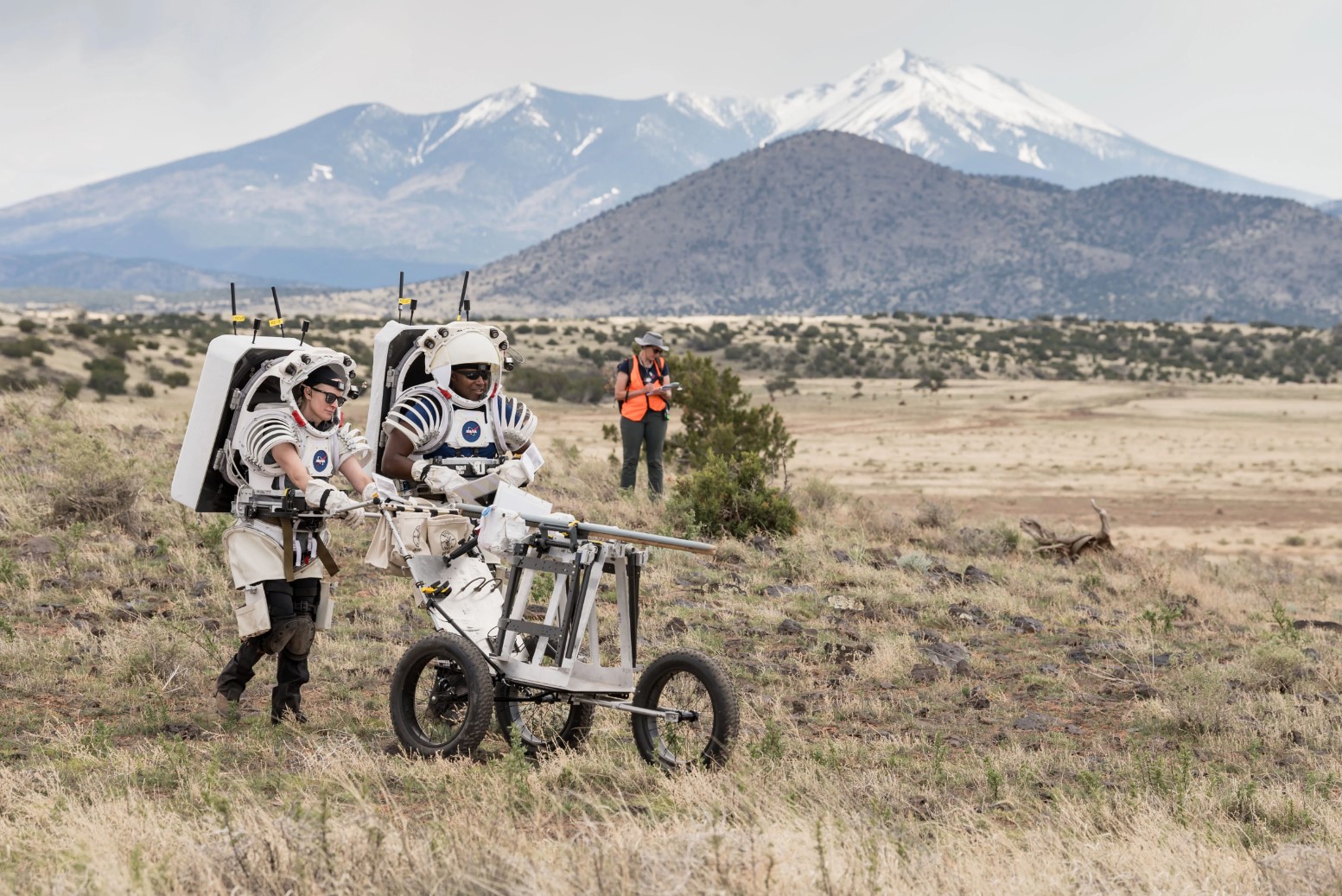Telescopes in space have a huge advantage over those on the ground: they can see the universe more clearly. The Earth’s atmosphere, weather conditions, and low-flying satellites don’t obscure their view. But space telescopes have a disadvantage too. They can’t be repaired, at least not since NASA’s Space Shuttle program ended in 2011.
But next-generation telescopes are being planned with robotic servicing missions in mind. And not just in low earth orbit, where the Hubble Space Telescope received repairs and upgrades five times during its lifespan from space shuttle crews. Today’s engineers are preparing for ways to repair telescopes in deep space, including at the Sun-Earth Lagrange point L2.
Continue reading “Space Telescopes Could See a Second Life With a Servicing Mission”









